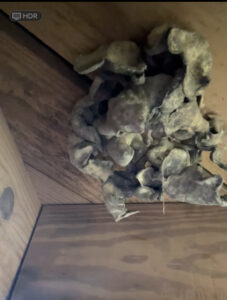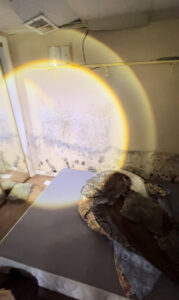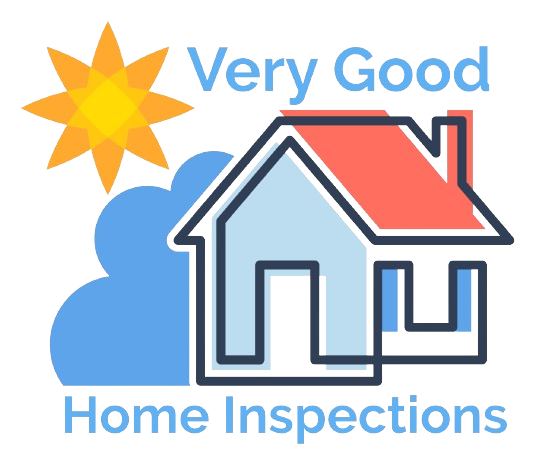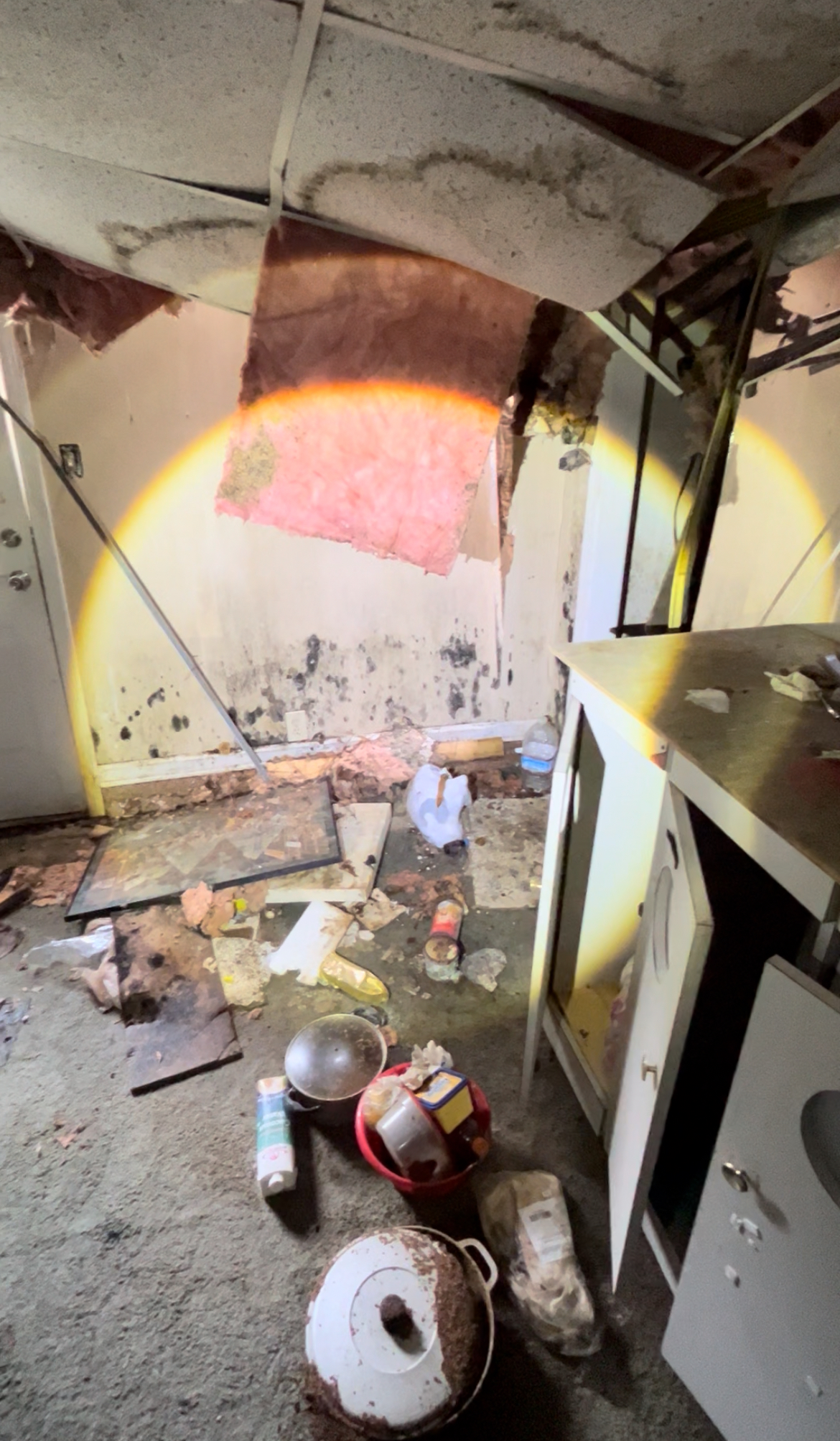The Hidden Dangers of Mold in the Home: What Every Homeowner Should Know: //www.vghi.com/1612-2/


When we think about home safety, things like carbon monoxide detectors, fire alarms, and sturdy locks usually top the list. But there’s another danger lurking in many homes—quietly, invisibly, and often dangerously: mold. This hidden intruder doesn’t just damage your property—it can seriously impact your health and quality of life.
What Is Mold, Really?
Mold is a type of fungus that reproduces by releasing tiny, airborne spores. These spores are virtually everywhere—indoors and outdoors—but when they land on a moist surface inside your home, they can begin to grow and multiply. Mold can appear in many colors—black, green, white, or even orange—and can sometimes give off a musty, earthy odor.
Not all mold is toxic, but all mold should be taken seriously.
Common Hiding Places: Where Mold Thrives
Mold is a master of disguise. Even in clean homes, it can lurk out of sight. Common areas include:
-
Bathrooms: Around tubs, toilets, and sinks; behind wallpaper or tiles
-
Kitchens: Under the sink, behind refrigerators, or in pantry corners
-
Basements and Crawl Spaces: Especially those with poor ventilation or past flooding
-
Attics: Roof leaks and poor insulation can make attics a mold hotspot
-
HVAC Systems: Air ducts and filters can harbor mold and distribute spores throughout the house
Often, mold problems begin with minor, unnoticed water issues—a slow leak, condensation, or poor ventilation.
Health Hazards: More Than Just Allergies
Exposure to mold can lead to a wide range of symptoms, and the effects vary depending on a person’s sensitivity and health conditions. Common health impacts include:
-
Respiratory Issues: Wheezing, shortness of breath, chronic coughing
-
Allergic Reactions: Sneezing, runny nose, red eyes, skin irritation
-
Asthma Flare-ups: Mold is a known trigger for asthma attacks
-
Cognitive Effects: In severe cases, long-term exposure to toxic molds like Stachybotrys can contribute to memory loss, anxiety, or fatigue
-
Immune Suppression: People with compromised immune systems may experience more serious infections
Children, the elderly, and those with underlying health conditions are especially at risk. https://www.epa.gov/mold/can-mold-cause-health-problems
How to Detect Mold in Your Home
Sometimes, the presence of mold is obvious—visible patches on walls or ceilings, or a persistent musty smell. But other times, it hides in walls or air ducts. Signs to watch for include:
-
Persistent musty odor
-
Water stains or discoloration on ceilings, walls, or floors
-
Warped wood, bubbling paint, or crumbling drywall
-
Condensation on windows or pipes
-
Unexplained health symptoms that improve when you’re away from home
For peace of mind, you can purchase mold testing kits or hire a professional indoor air quality specialist to conduct a thorough assessment.
Real-Life Example: When Mold Goes Unnoticed
Consider this case: A family in Ohio began experiencing chronic sinus infections, fatigue, and worsening asthma in their new home. After several months and multiple doctor visits, they discovered a hidden mold infestation behind drywall in the basement—caused by a small leak in the foundation. The cleanup required professional mold remediation, replacement of drywall and flooring, and cost over $15,000.
Early detection and prevention could have saved thousands in medical and repair bills.
Preventing Mold: Your First Line of Defense
The key to mold prevention is moisture control. Here’s how to keep it at bay:
-
Keep indoor humidity below 50% using air conditioners or dehumidifiers
-
Repair leaks immediately—whether it’s a roof, pipe, or window
-
Ventilate high-moisture areas like bathrooms and kitchens
-
Use mold-resistant drywall and paints in prone areas
-
Ensure good drainage around your foundation; direct water away from the house
-
Clean and dry spills quickly, ideally within 24–48 hours
Routine maintenance and moisture control are far more affordable than full-scale mold removal.
Choosing a Mold Remediation Professional
If you do discover mold, especially in large or hard-to-reach areas, professional remediation is often necessary. Look for:
-
Certification from organizations like the IICRC (Institute of Inspection Cleaning and Restoration Certification)
-
References and reviews
-
Detailed written estimates
-
Clear remediation plans that include source moisture correction, removal, and post-cleanup testing
Avoid companies that offer “quick fixes” or suggest fogging as a stand-alone solution—it rarely addresses the root problem.
Final Thoughts: Mold Is Manageable—If You Stay Vigilant
Mold can be a costly and dangerous problem, but it’s also one of the most preventable. Awareness, regular inspections, and quick action can protect your health and your home. If you suspect mold is hiding in your walls or affecting your well-being, don’t ignore the signs—your lungs and your property will thank you.
Have you dealt with mold in your home before? Share your experience in the comments below or reach out for a professional mold inspection today.

